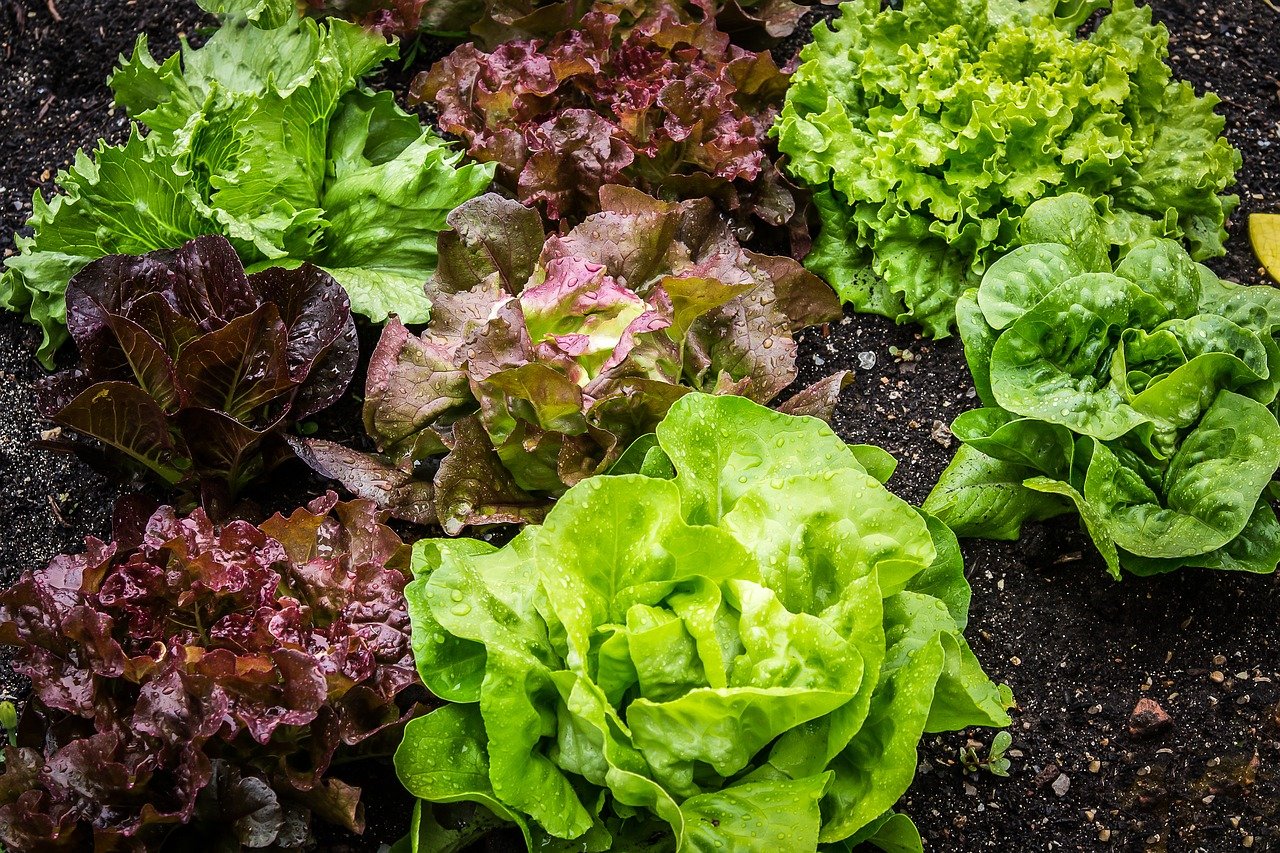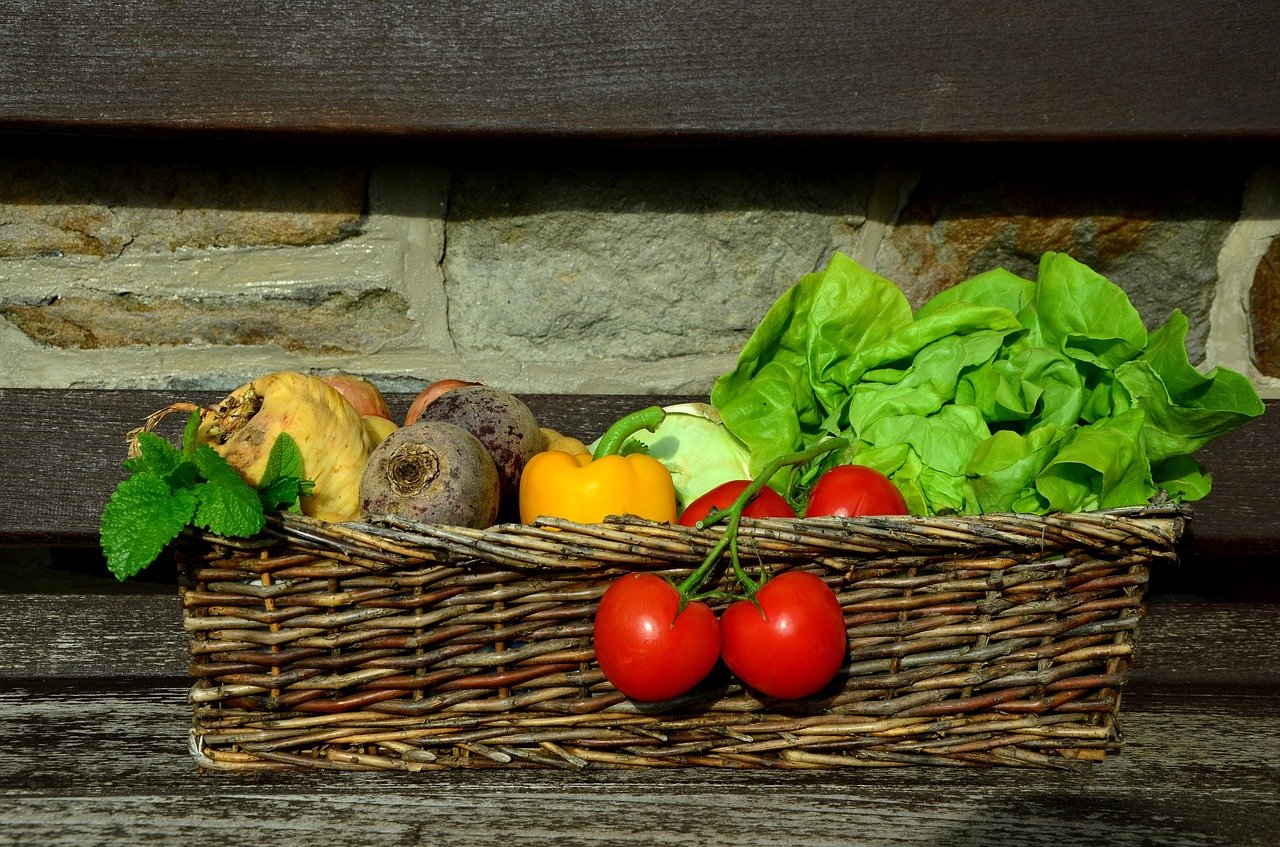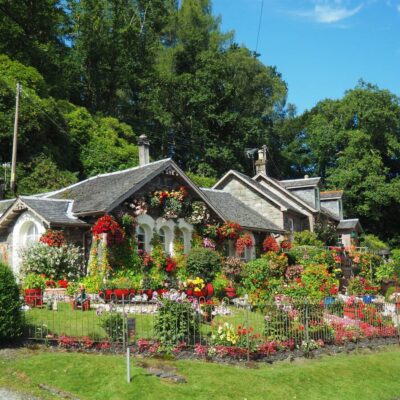According to the RHS, the key to correctly watering a vegetable garden to ensure that the water reaches a soil depth of 30cm or one foot. You can check by digging one spade depth into the soil. If the soil at that depth is moist, further watering is unnecessary. They also say that while over-watering will encourage the growth of a plant overall, it doesn't affect the size of the part of the plant you harvest.
Less Time Spent Watering Frees Up Time for Harvesting
Watering a vegetable garden can be a time-consuming process - therapeutic though it might be. From a practical viewpoint, if you install an efficient watering system early enough in the growing season, you will have more time on your hands to get on with the most rewarding parts of vegetable gardening - harvesting and eating the fruits (or veggies) of your labour.
There can be little doubt that drip irrigation is the best and certainly the most efficient way of watering any garden - flower or vegetable. The biggest problem with any overhead watering is the amount of water that is lost through evaporation. Sprinkler systems and handheld hoses with water guns are not very environmentally friendly, Drip systems are.
Ditch Sprinklers and Hose Guns for a Watering Wand
However, not all gardeners want to spend lots of money setting up drip irrigation systems. If this applies to you, you might want to consider buying a watering lance or wand.
The important thing with watering any plants, but especially vegetables, is watering at the base of the plant. Sprinklers spray water everywhere, and the majority falls on the leaves of the plants, promoting fungal growth and disease. The same goes for a hose with a spray gun, and if you spend time constantly bending down to water the plants' bases, you can ruin your back.
As for lugging a heavy watering can around - if you have a large vegetable patch, it's a bit like hard labour.
On the other hand, a watering wand allows you to water individual plants, cuts down on water wastage, and delivers water at ground level without all of that bending over and kneeling. If you want to check out a few models over the internet, Amazon has a good range, and they are eminently affordable.
What are Watering Wands or Lances?
Lance or wand - these are the two words used to describe a tool designed to help you water your garden. They are designed for attaching to hoses. The water from the hose travels up the handle of the lance and out through a sprinkler head, which typically provides several different watering patterns to mimic light to heavier rain.
Many watering wands have wooden or rubber-coated handles. Some have inbuilt triggers or shut-off valves, while with others, you may need to attach a separate shut-off valve. The body of the lance is made from aluminium, and they come in various lengths, anywhere from 10 inches to 48 inches. On some models, the end of the shaft finishes in a 45° curve, whereas others are straight.
The various sizes and shapes make them suitable for multiple uses depending on the type you buy. As well as being ideal for watering plants at base level, the smaller ones are ideal for watering hanging plants or pot plants on balconies.
How to Use a Watering Wand
The best way of watering vegetables with a watering lance is to direct the water at the base of each plant for between 30 to 60 seconds. The water pattern you're using, and the dryness of the soil will all contribute to the length of time you need to irrigate each plant. The trick is to gauge how quickly the water is being soaked into the soil.
You should keep applying the water until it begins to pool up on the surface, then move onto the next plant. The only problem is that the larger your vegetable patch, the longer watering will take, which is where drip irrigation comes into its own.
Drip Irrigating your Vegetable Patch
Adequate irrigation is a top priority for any garden. It is just as important as good sunlight. As plants develop past the seedling stage, the majority of fruits and veggies need about 1 inch of rain per week when planted in free-draining soil.
Many gardeners fall into the trap of watering little and often. This works well for small seedlings, but once the plants grow larger, the water will not reach the bottom of the roots. For vegetables with deep roots, they require heavier watering but on a less frequent basis as it helps build up moisture at deeper levels, allowing the plants to remain strong and healthy in hot, dry spells.
Automating irrigation is the best way to deliver water to your vegetables more effectively and cut down the time you have to spend doing the watering by hand. It is also very efficient from an environmental point of view, and you'll notice a big difference in your water bills - in a good way.
If you would like some ideas and tips on designing a drip irrigation system for your vegetable garden, there is a useful article on the GrowVeg.co.uk website.
Reduce Evaporation Further by Mulching
One good tip to help reduce evaporation is to lay some dry mulching over the top of the soil. This can be in the form of grass cuttings, hay, straw, or for a more aesthetically pleasing result - wood chips. These materials all allow water to seep through them, reduce evaporation and help to keep the soil nice and moist.


